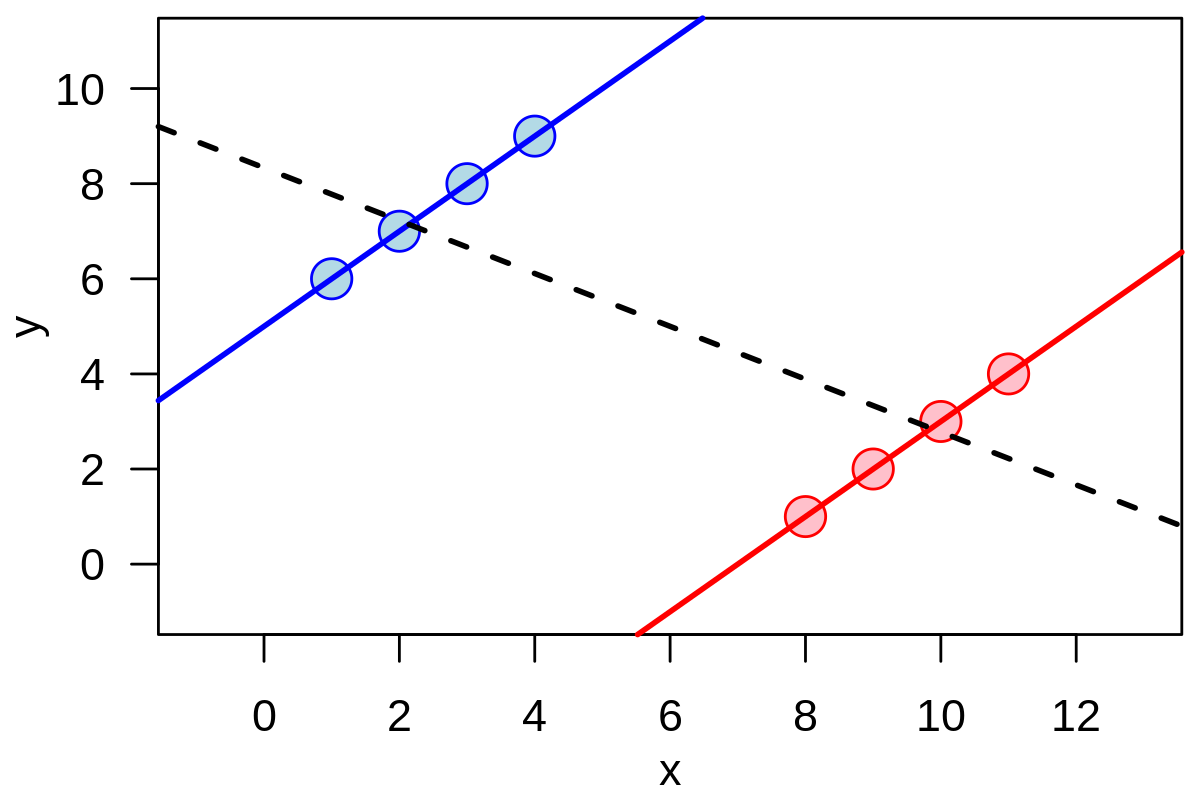Updated article about Sweden.
Its decision to carry on in the face of the pandemic has yielded a surge of deaths without sparing its economy from damage — a red flag as the United States and Britain move to lift lockdowns.

www.nytimes.com
So overall take aways are that Sweden hasn’t seen economic gains since this is a worldwide pandemic so it affects everyone. And the US economy fares worse because we don’t have as many social supports as other developed nations.
"The elevated death toll resulting from Sweden’s approach has been clear for many weeks. What is only now emerging is how Sweden, despite letting its economy run unimpeded, has still suffered business-destroying, prosperity-diminishing damage, and at nearly the same magnitude of its neighbors."
Collectively, Scandinavian consumers are expected to continue spending far more robustly than in the United States, said Thomas Harr, global head of research at Danske Bank, emphasizing those nations’ generous social safety nets, including national health care systems. Americans, by contrast, tend to rely on their jobs for health care, making them more cautious about their health and their spending during the pandemic, knowing that hospitalization can be a gateway to financial calamity.
“It’s very much about the welfare state,” Mr. Harr said of Scandinavian countries. “You’re not as concerned about catching the virus, because you know that, if you do, the state is paying for health care.”





